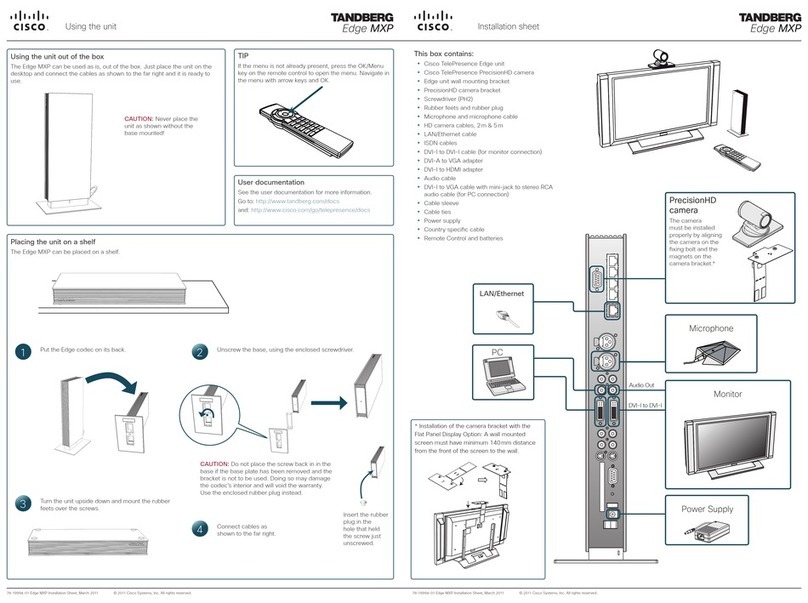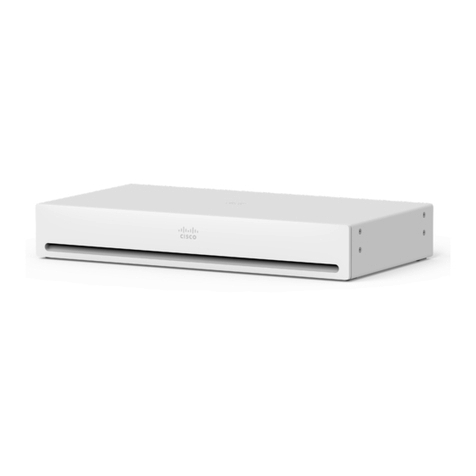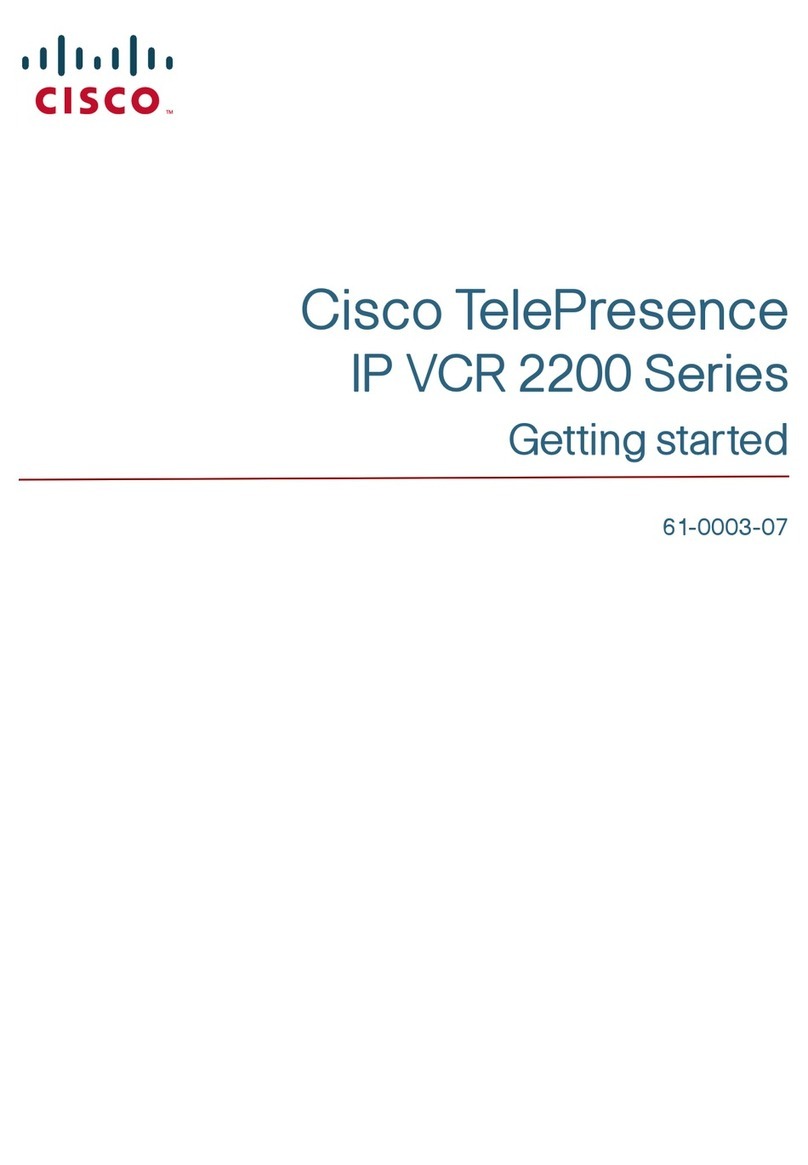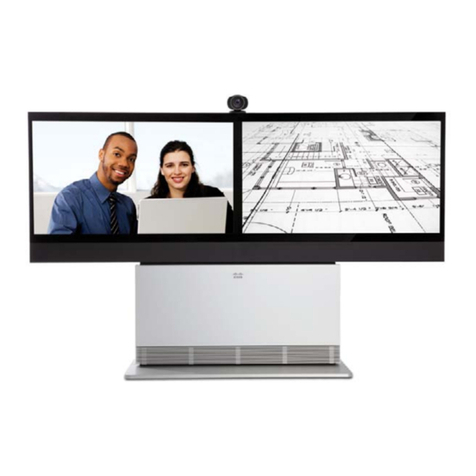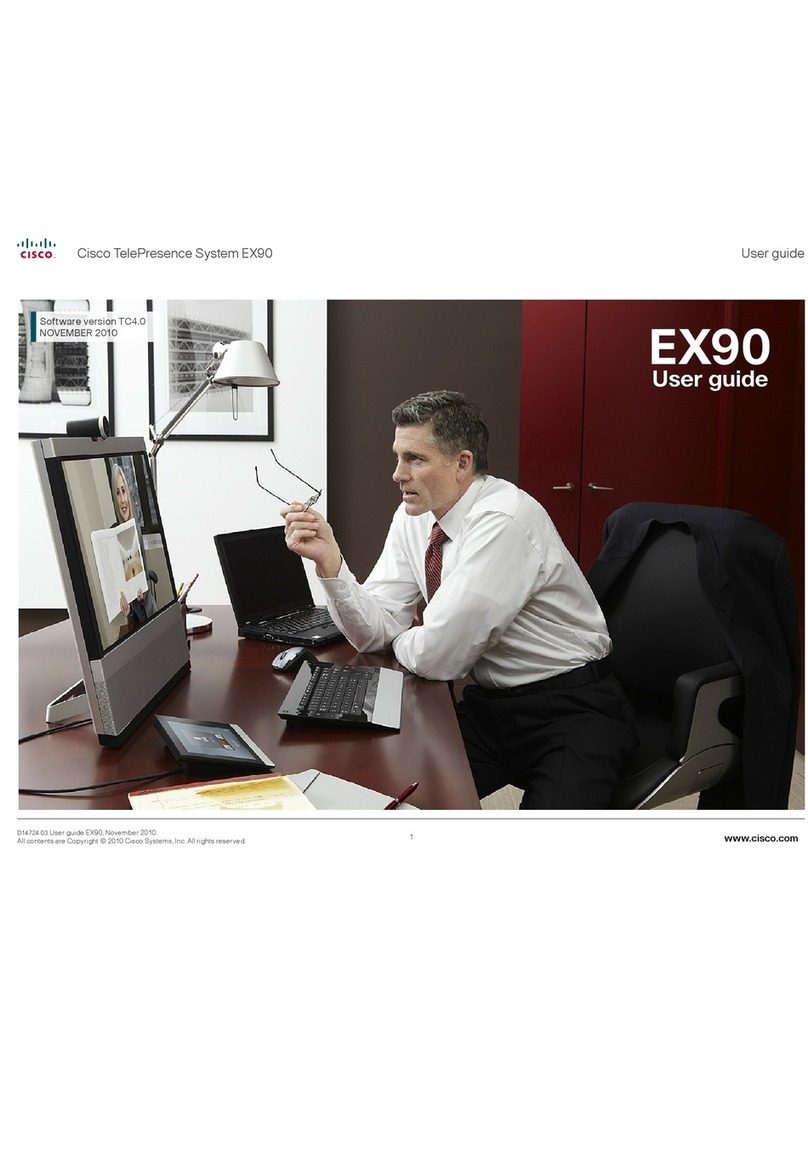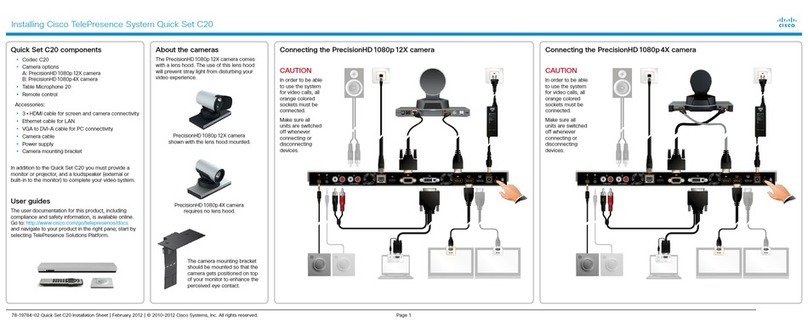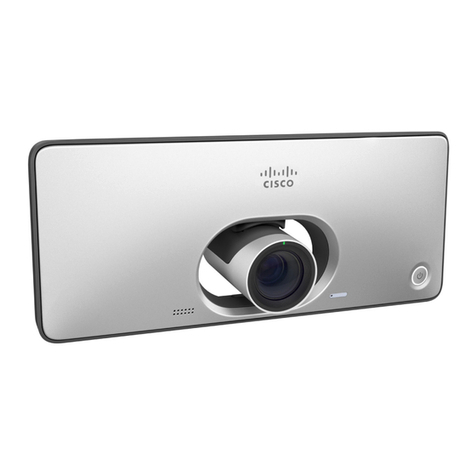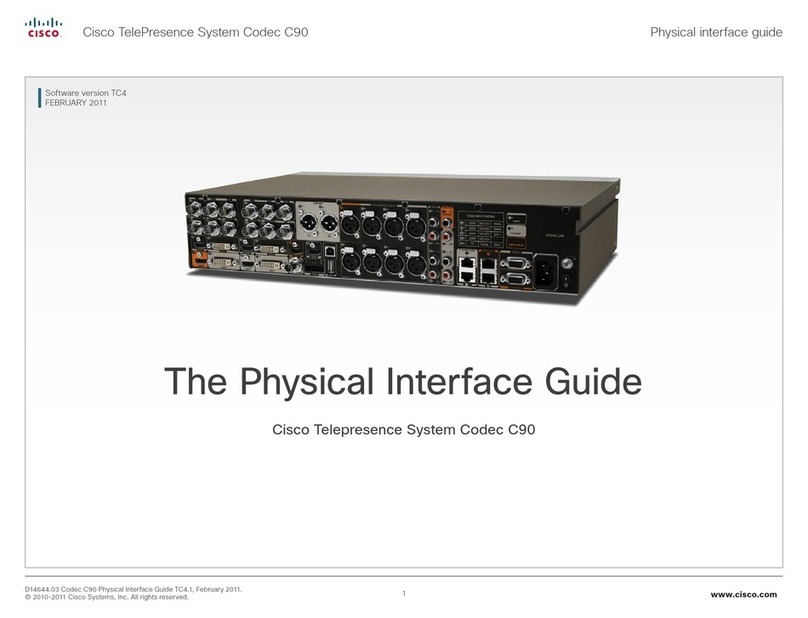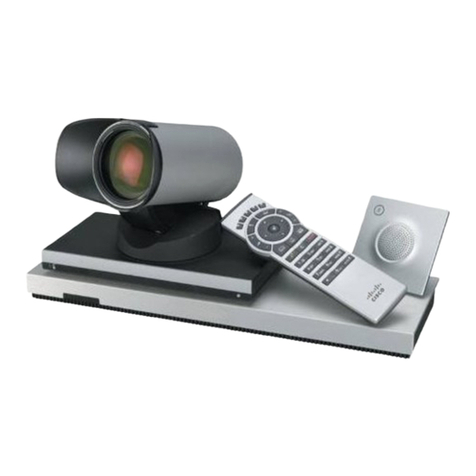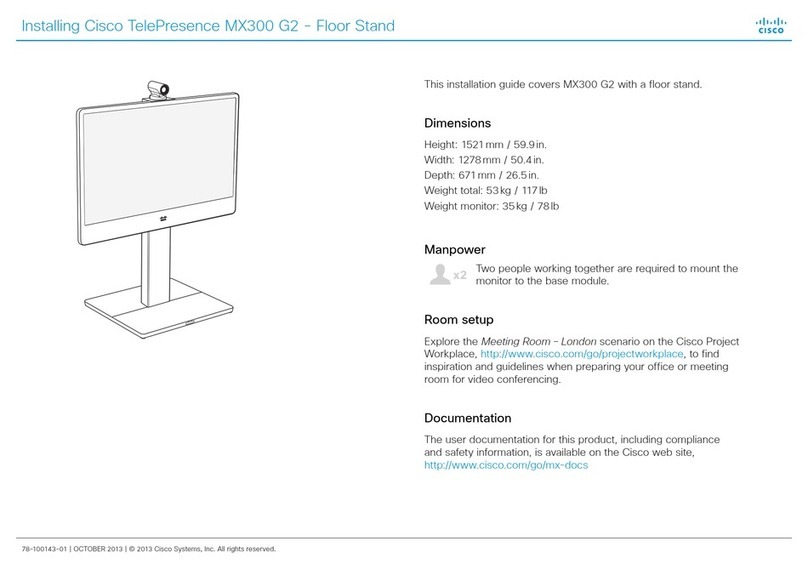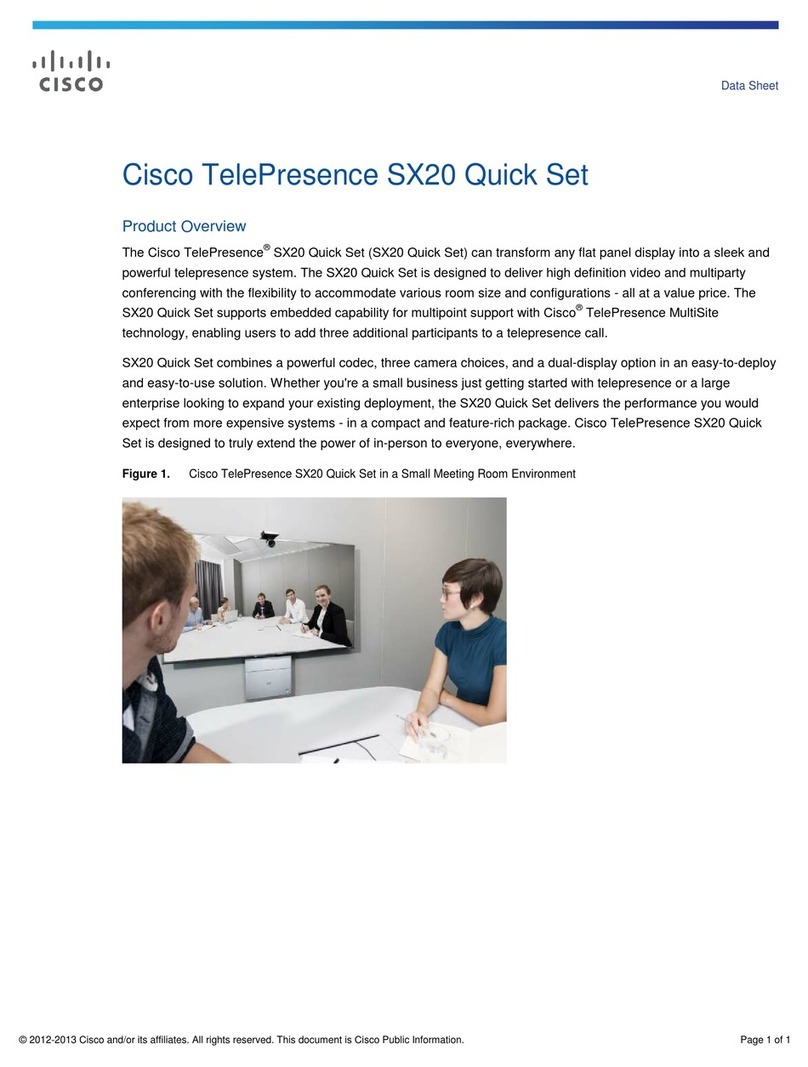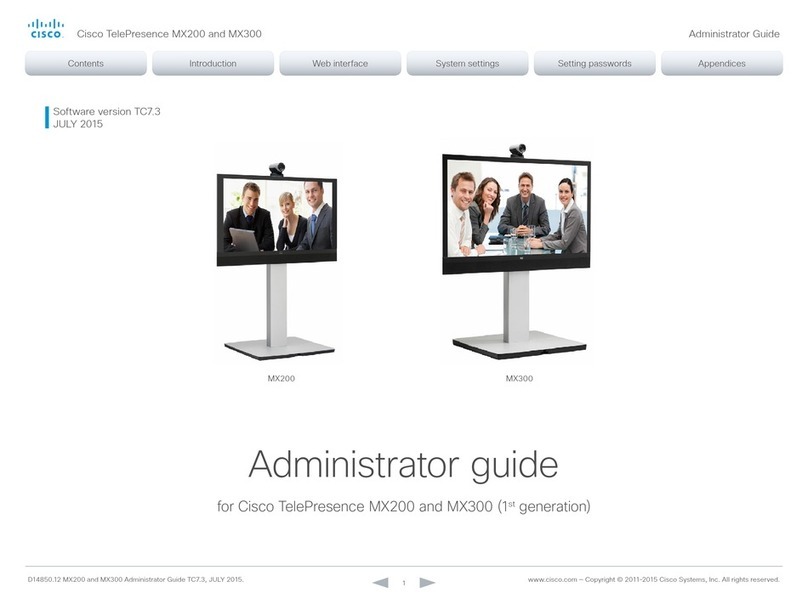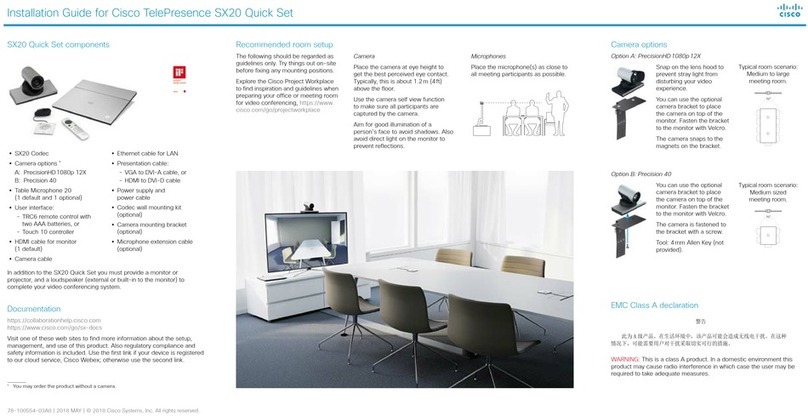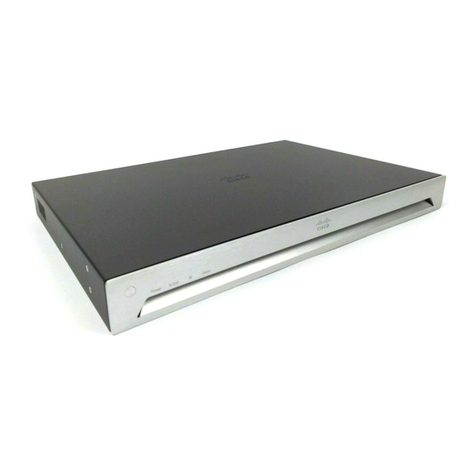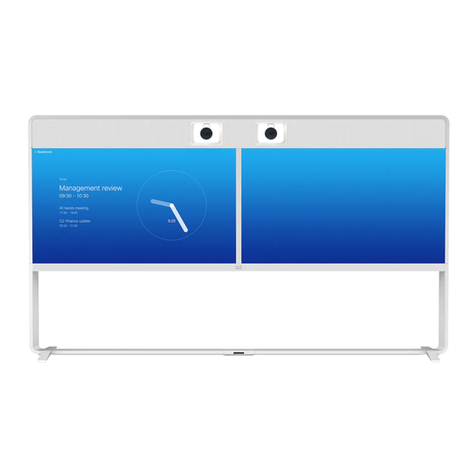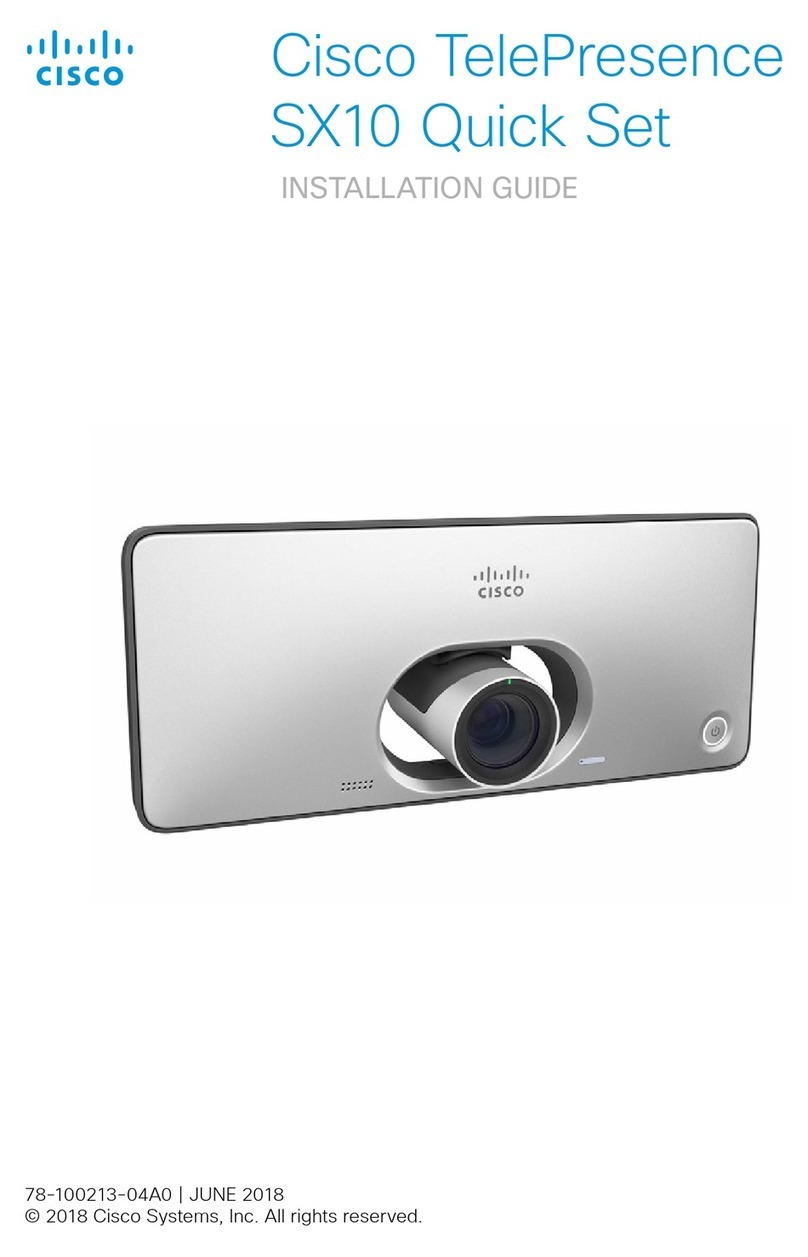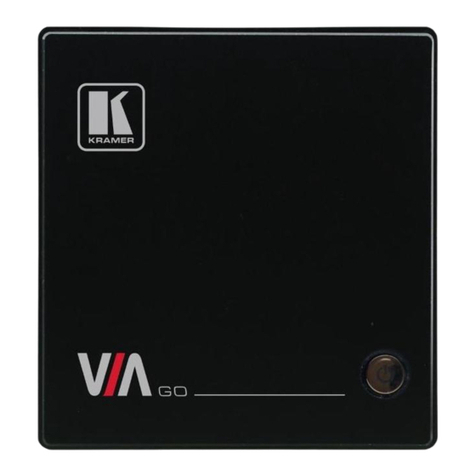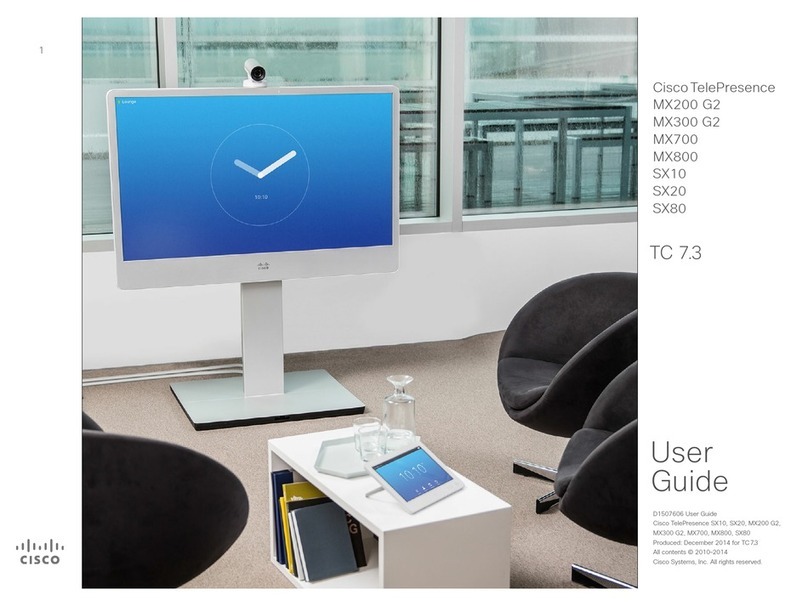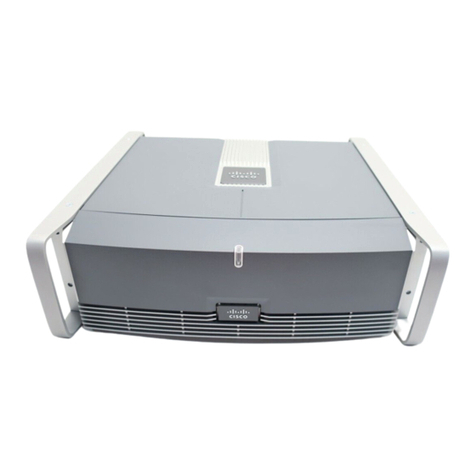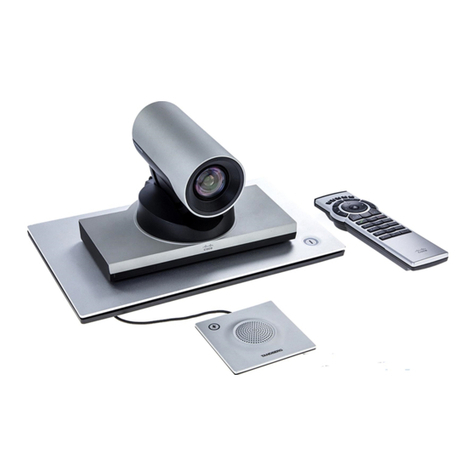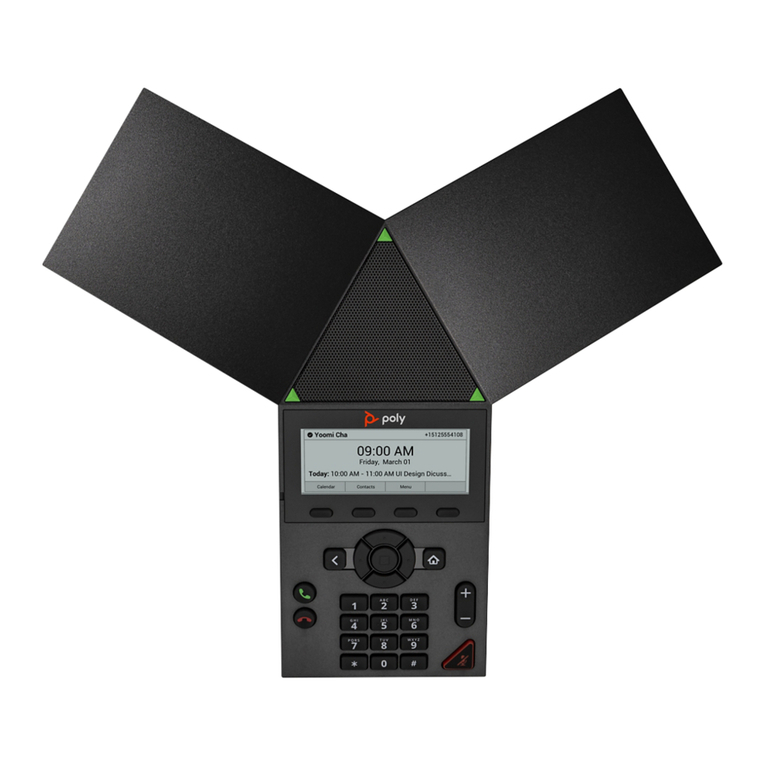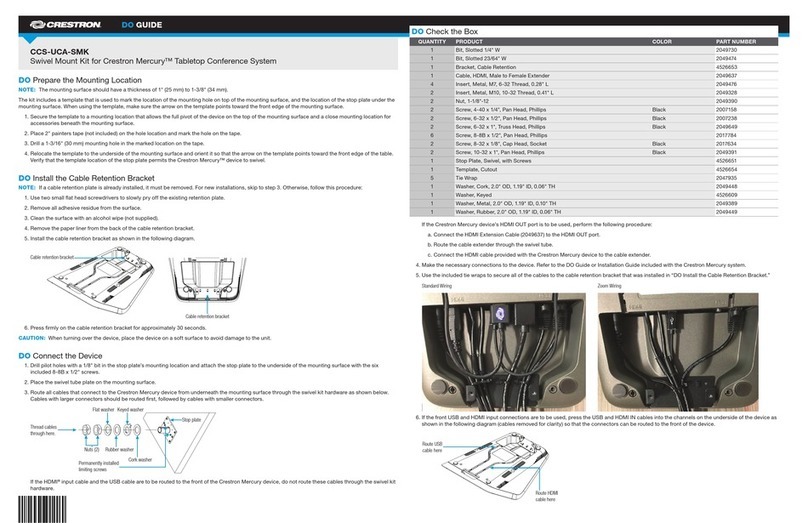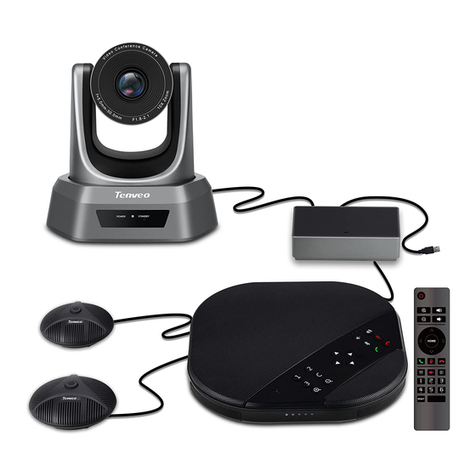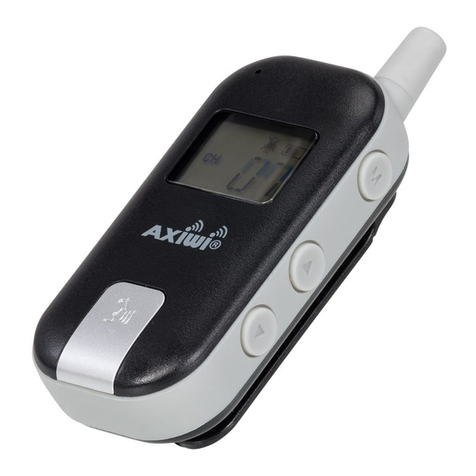
Audio Sockets
Microphone Inputs
Nos. 1–3.
Three balanced
microphone inputs for
electret microphones
balanced, 24V
phantom powered via
XLR connectors.
The phantom
powering of XLR
socket No. 3 can be
switched o. The Mic.
input No. 3 will then
be a balanced line
level input.
Use Audio Input No.
4 to connect to an
external microphone
amplier or to an
external mixer.
Use Audio Input No. 5 to
connect to external playback
devices or to telephone add-on
hybrids. For systems congured
with stereo I/O, connect the
VCR/DVD left channel to this
input.
Use Audio Input No. 6 to
connect a VCR or DVD
player to the system. For
systems congured with
stereo I/O, connect the VCR/
DVD right channel to this
input.
TIP! Audio inputs Nos.
5 & 6 are not equipped
with acoustic echo
canceller. Connecting
microphones to these
inputs can therefore
not be recommended.
TIP! Unused, but
connected audio inputs
should be set to O to
avoid unwanted audio/
noise.
TIP! Audio signal levels
expressed in volts
and dBu can be found
overleaf.
Use Audio Output No.
2 (the AUX output) to
provide a mixed signal
consisting of audio from
the local side (AUX input
not included) and audio
from the far end.
This output should be
used when connecting a
telephone add-on system.
For system congured with
stereo I/O and with SPDIF†
active on Audio Output No.
1, this output will provide
the VCR left channel stereo
information.
For systems congured
with stereo I/O, stereo
speakers and SPDIF† not
active, this output will
provide the right channel
of the loudspeaker signal
(the left channel will be
provided on the Audio
Output No. 1).
Use Audio Output No. 3
(the VCR output) to provide
a mixed signal consisting
of audio from the local side
(VCR input not included)
and audio from the far end.
This output should be used
when connecting a VCR to
the system.
For system congured with
stereo I/O and with SPDIF†
active on Audio Output No.
1, this output will provide
the VCR right channel
stereo information.
For systems congured
with stereo I/O, stereo
speakers and SPDIF† not
active, this output will
provide the mix of left and
right channel of the VCR
out signal.
XLR pin-out
External view of socket
Pin 1: Gnd
Pin 2: Hot
Pin 3: Cold/neutral
1
2
3
Use Audio Output No. 1 to
provide a mixed signal of audio
from far end and local external
devices connected to input 5 &
6, in addition to dial tones.
This output should be connected
to the local loudspeaker system,
which may, or may not, include
the TANDBERG Digital Natural
Audio Module.
For systems congured with
stereo speakers and SPDIF†
active, the left and right channel
of the loudspeaker signal will
both be provided on this output.
For systems congured with
stereo speakers and SPDIF†
not active, the left channel of
the loudspeaker signal will be
present on this output. The right
loudspeaker channel will be
provided on Audio Output No. 2.
†SPDIF (Sony/Philips Digital Interface) is
used by the Digital Natural Audio module.
StereoSettings
Settings Output Response
Out 1
mode
Stereo
I/O
mode
Stereo
speakers
Audio Out 1 Audio
Out 2
Audio
Out 3
Analogue O O Loudspeaker mono Aux VCR
Analogue O On Loudspeaker L Loudspeaker
R
VCR
Analogue On O Loudspeaker mono VCR L VCR R
Analogue On On Loudspeaker L Loudspeaker
RVCR
SPDIF O O Loudspeaker mono Aux VCR
SPDIF O On Loudspeaker L & R Aux VCR
SPDIF On O Loudspeaker mono VCR L VCR R
SPDIF On On Loudspeaker L & R VCR L VCR R
NOTE!
Audio
inputs
4–6 are
referred
to as Line
input 1–3
in the API. HardwareInformation
Microphone(s) Audio
Input(s)
Audio
Outputs
Signal type Balanced Unbalanced
Socket XLR-F RCA/phono
Input impedance 2400 W
(pin 2–3)
10 kW
Output impedance 680 W
Max input level when set to min.
input level 83 mVpp 15.5Vpp
Max output level when set to max.
output level 15.5Vpp
Max input level when set to max.
input level 6.2mVpp 1.2 Vpp
Max output level when set to min.
output level 1.2 Vpp
Gain range 22.5 dB (16 steps of 1.5dB)
Phantom power 24V ±5 %
Phantom power resistor pin 2 1200 W
Phantom power resistor pin 3 1200 W
Max phantom power current 12 mA
RCA pin-out
External view of socket
GNDSignal
9
MXP Series Codecs Physical interface guide
D14790.01 MXP Series Codec Physical Interface Guide, May 2011.
© 2011 Cisco Systems, Inc. All rights reserved. www.cisco.com
